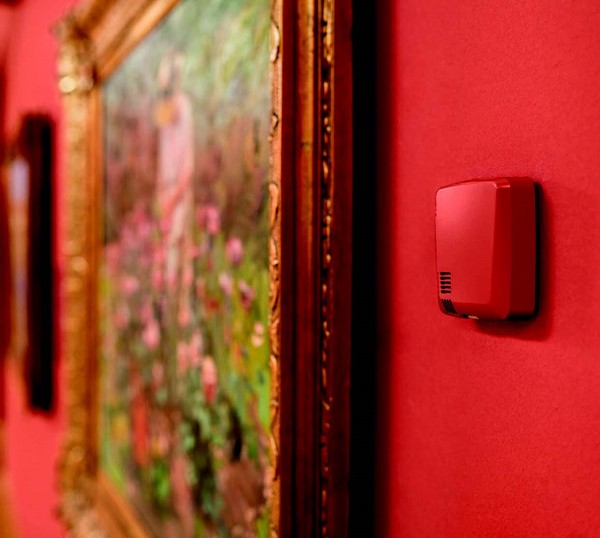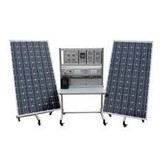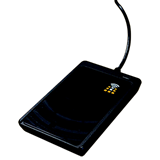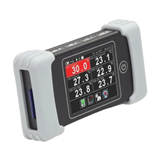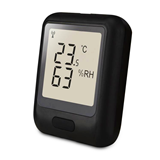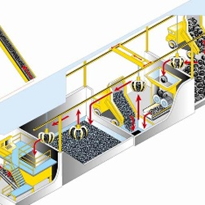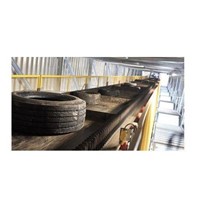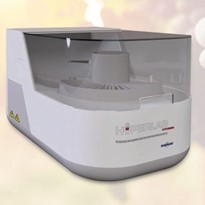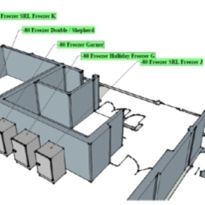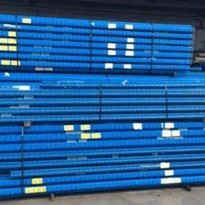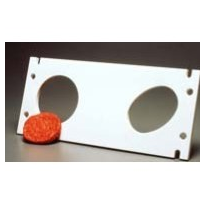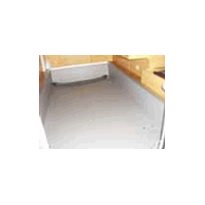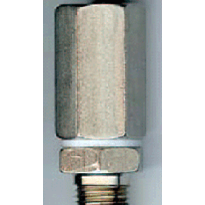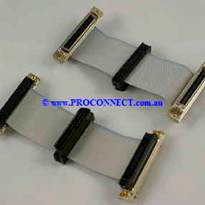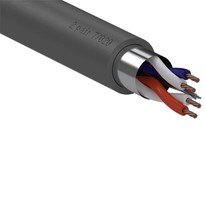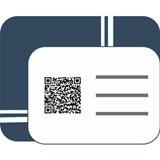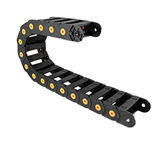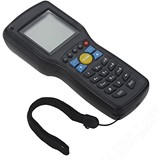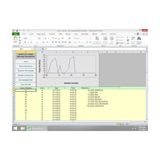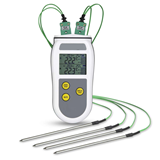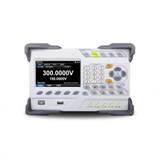Technically simple and easy to understand, they can be operated and maintained by museum staff after a relatively short briefing. On regular inspection rounds, a quick glance at the drum is sufficient to establish whether the climatic conditions are OK. However, this advantage can also be detrimental.
This is because thermo-hygrographs are comparatively large and therefore conspicuous, which is why they may well be regarded as exhibits in some museums. They are also high maintenance. The paper for the recording drum needs to be changed regularly – daily, weekly or at the very latest monthly, depending on the setting. The batteries for the clock mechanism and the pens also need to be replaced regularly. For long-term documentation, the individual sheets of thermo-hygrographs must be appropriately archived.
Due to these regular maintenance requirements and also their size, thermo-hygrographs cannot be used everywhere. There is no space for them in display cases, for example. Because of their sensitivity to vibrations and changes in position, they are also completely unsuitable for transport monitoring. Last but not least, the question of costs comes up time and again. The costs per measuring point are quite high due to the annual maintenance requirements, even though the high purchase price can be spread over many years due to the longevity of thermo-hygrographs.


